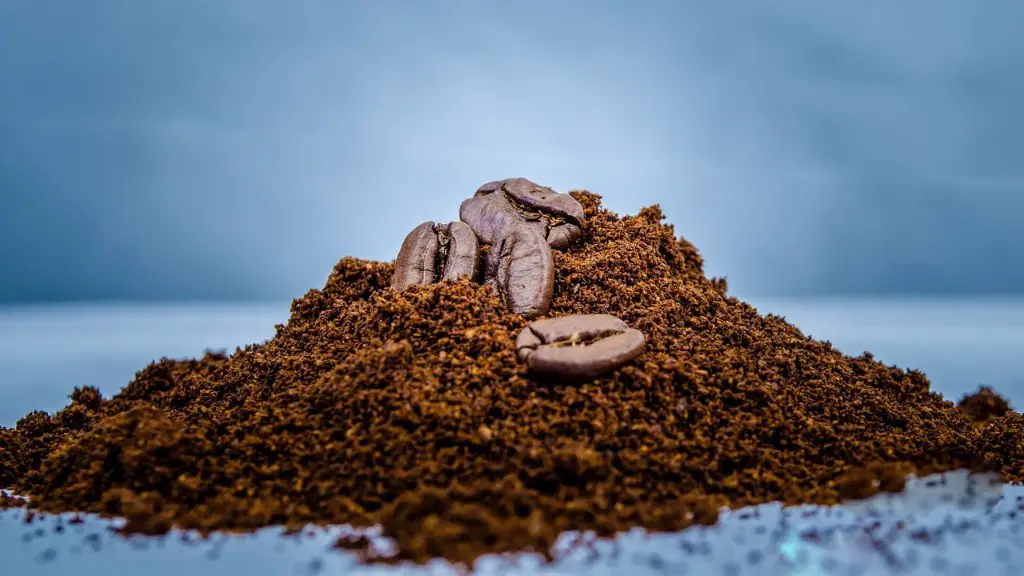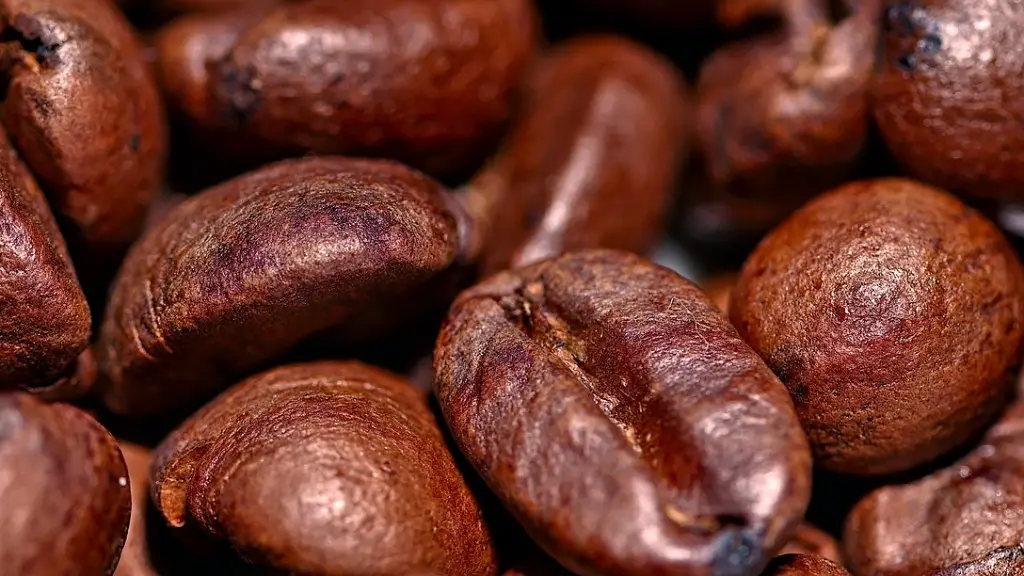Coffee machines are an important part of any coffee shop, and keeping them clean is crucial to making great coffee. There are a few simple steps to follow to clean a coffee machine properly. First, empty out all the coffee grounds and dispose of them. Next, using a coffee machine cleaner, clean the inside of the coffee machine, any filters, and the coffee pot. Be sure to rinse everything well to remove any cleaner residue. Finally, wipe down the outside of the coffee machine with a damp cloth. These simple steps will help keep your coffee machine clean and running smoothly.
The most important part of keeping any coffee machine clean is the daily cleaning ritual. This should include backflushing the machine with water only (no detergent), and then using a blind filter to clean the group heads. Next, wipe down the outside of the machine, the drip tray, and portafilter. Finally, descale the machine according to the manufacturer’s instructions.
How do you clean a commercial coffee machine?
It is important to clean your commercial coffee maker regularly to ensure that it is functioning properly and making great tasting coffee. Follow these steps to clean your machine:
1. Ensure your coffee machine is off and cooled down.
2. Wipe down the exterior of the machine with a lint-free cloth.
3. Next, create a mix made up of 1-part white vinegar and 2-parts distilled water.
4. Open the lid, pour the mixture into your unit’s water reservoir, and close the lid.
5. Run several brewing cycles with just water to flush out the vinegar mixture.
6. Finally, wipe down the interior and exterior of the machine with a damp cloth.
By following these simple steps, you will keep your coffee maker in top condition and producing delicious coffee for your customers.
It is important to develop good daily habits when using an espresso machine. Always wipe down the steam wand after using it and be sure to flush the group head before each round of espresso shots. This will help to keep the flavors of your espresso shots consistent. Additionally, it is important to keep your cleaning cloths fresh and replace them two to three times a day.
What do you use to clean a coffee machine
A coffee maker can be cleaned with commercial cleaning solution, white vinegar, water, mild dish soap, and baking soda. Depending on the condition of the coffee maker, a dish sponge or non-abrasive scrubber may be needed to wash removable parts of the machine.
This is a note on how to clean a coffee maker with vinegar and water. First, fill the reservoir with equal parts white vinegar and water. Next, place a paper filter into the machine’s empty basket. Then, position the pot in place, and “brew” the solution until the “add water” light illuminates. Finally, pour out the full pot of vinegar and water, and let the machine sit for 30 to 60 minutes.
How often should commercial coffee machines be cleaned?
It is important to keep your espresso machine clean, especially if you are using it frequently. For every 200 shots of coffee, you should be conducting a thorough clean with espresso machine cleaning tablets or powder. When in a commercial setting, you should be using the cleaner and performing a clean at least once at the end of each business day. This will help to keep your machine in good working condition and prevent any build-up of coffee oils or debris.
Backflushing is an important part of keeping your espresso machine clean and well maintained. Home machines only need to be backflushed once per week with plain water, but commercial machines should be backflushed at the end of every busy business day with a sufficient cleaner. This will help to prevent build-up of coffee oils and residue and keep your machine running smoothly.
How do you maintain a coffee shop?
As a coffee shop owner, it is important to take cafe management seriously in order to run a more efficient and profitable business. Your team should be knowledgeable about the products you are selling and you should take the time to show your customers that you appreciate their business. Similarly, it is important to show your employees that you appreciate their hard work in order to maintain a positive work environment. Finally, strive to create a third place for your customers where they can relax and enjoy themselves. Use automation wherever possible to help streamline operations and maximize profits.
If you don’t clean your coffee machine regularly, the residue build-up will start to make your coffee taste bitter. The machine and coffee will also start to produce an unpleasant, acrid smell. If the build-up gets bad enough, it can even cause clogging and blockages that render the machine unusable. So make sure to clean your machine regularly to keep it working properly and your coffee tasting great.
How do you clean a cafe barista
Simply remove the drip tray and dispose its contents and wash with soap and water you can place the drip tray in the dishwasher for thorough cleaning.
Since you’re already running a cleaning cycle with vinegar or lemon juice, adding a tablespoon of baking soda to the bottom of your coffee pot will create even more amazing cleaning power! Be sure to run two more cycles with fresh water to remove any last residue.
Does vinegar damage coffee maker?
If you own a coffee machine, you may have heard that vinegar can be used to clean limescale from the machine. However, it is important to note that vinegar can also cause irreversible damage to other parts of the machine. As such, it is important to use vinegar with caution and only use it on limescale build-up.
If your coffee has a funny taste, it could be due to coffee oils left behind by coffee grounds, or white, flaky mineral buildup from your brewing water. All it takes to clean your machine is a little dish soap and white vinegar.
Can I use any vinegar to clean my coffee maker
Assuming you have a 12-cup coffee maker, you would need 6 cups of water and 6 cups of vinegar.
If you have a coffee maker that is starting to feel slow or produces less than stellar coffee, it might be time to descale it. Descaling is the process of removing built-up mineral deposits that can accumulate over time andcause your coffee maker to become less efficient.
There are a few different ways to descale a coffee maker, but one of the simplest and most effective is to use baking soda. Baking soda is an abrasive substance that will gently remove the mineral deposits without damaging the coffee maker.
To descale with baking soda, simply add about a cup of baking soda to the water reservoir of your coffee maker and run it through a brewing cycle. Once the cycle is complete, rinse out the coffee maker with fresh water to remove any residual baking soda.
Your coffee maker should now be clean and running more efficiently.
Can you use anything other than vinegar to clean coffee maker?
Baking soda is an excellent substitute for vinegar in cleaning coffee makers. It is also a natural disinfectant that is affordable, easy to find, and much easier to clean out of your machine than vinegar.
Cleaning a coffee maker with bleach is a quick and easy way to disinfect and sanitize the appliance. Simply remove the pot from the coffee maker and mix 2 teaspoons of Clorox® Disinfecting Bleach with CLOROMAX® with 1 gallon of water. Soak the empty pot in the solution for 2 minutes, then rinse thoroughly and let air dry.
Conclusion
Before cleaning your coffee machine, make sure to unplug it and let it cool down. Once it is cool, remove any detachable parts and clean them with warm, soapy water. For the main body of the machine, wipe it down with a damp cloth. If there is built up coffee residue, use a mild cleaning agent and wash the machine with a sponge. Be sure to rinse the machine thoroughly afterwards. Once you have cleaned the machine, reassemble it and plug it back in.
A coffee machine for a coffee shop can be cleaned easily with a few simple steps. First, disassemble the machine and remove all of the parts. Next, soak all of the parts in a cleaning solution. After the parts have soaked, scrub them clean with a brush. Finally, rinse the parts with clean water and dry them before reassembling the machine.





